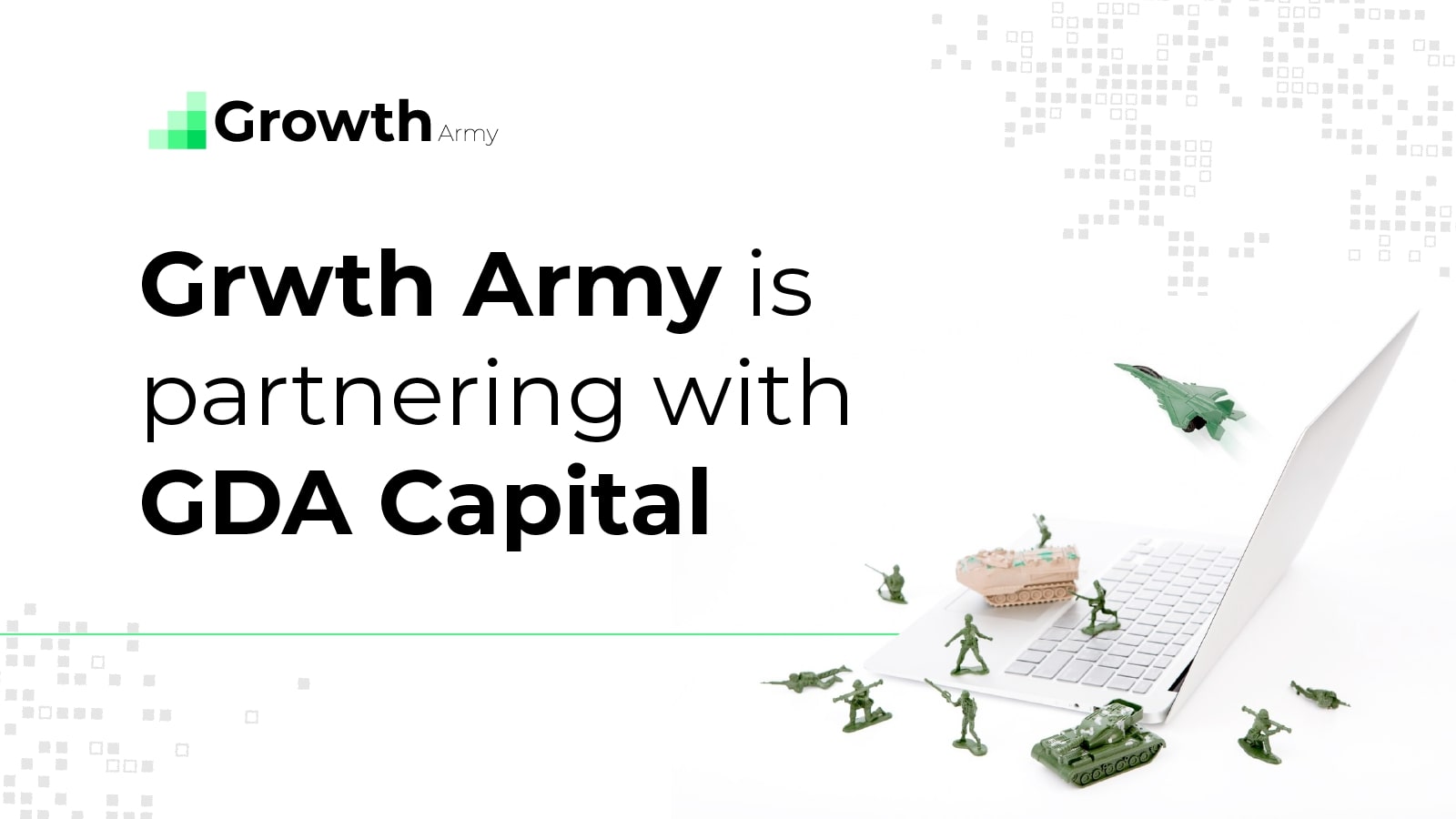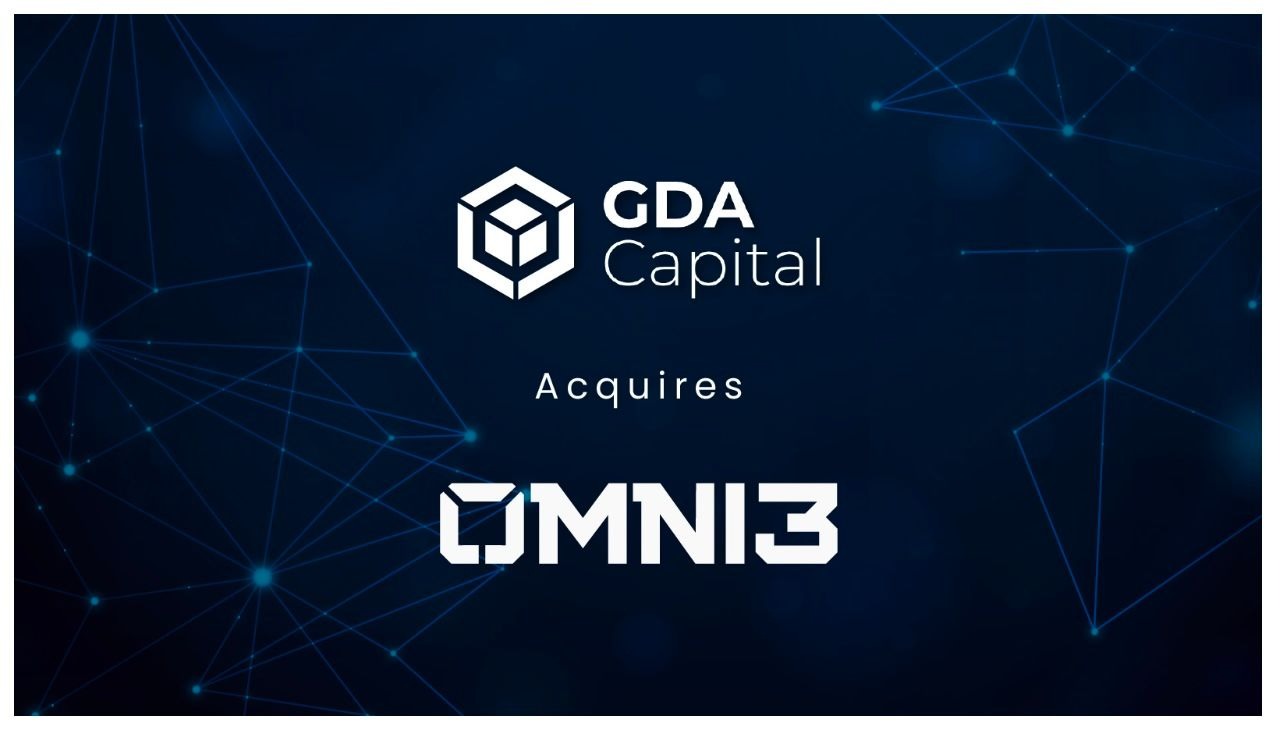Ever since it launched in 2015, Ethereum has been a hub for decentralized application development. Initial Coin Offerings (ICOs), Security Token Offerings (STOs), flash loans, yield farming, Non-Fungible Tokens (NFTs) and Decentralized Autonomous Organizations (DAOs) were all invented on the Ethereum blockchain.
These instruments are now the basis for what experts like to call Web3 or the latest evolution of the global internet. Ethereum is still the most popular destination for these dApps, but it is gradually losing ground to less expensive and more nifty projects.
The most noteworthy potential “Ethereum-killer” is Solana. Launched in April 2019, Solana has quickly established itself as a cheaper and faster alternative to Ethereum. The gap between the two networks is rapidly diminishing, at least in terms of total market value. Solana’s market cap of $61 billion makes it the fifth largest crypto project in the industry, not far behind Ethereum which is the second-largest and has a market cap of $521 billion.
However, market cap doesn’t tell the whole story. Here are three other signals that could indicate that the gap between these two projects will narrow further.
More usage
DeFi applications have traditionally been based on the Ethereum network. Solana’s ecosystem, by comparison, hasn’t had much time to mature. Despite this, Solana’s volume is significantly high for a relatively new project. In August, trading volume on the network surpassed 24.1 billion transactions, making it the second-most active crypto network. That puts it just behind Ripple’s XRP and far ahead of Ethereum.
Since then, volume has declined. Over the past 24 hours, Solana’s volume crossed $2.2 billion while Ethereum’s transactions over the same period were collectively worth $18.9 billion.
Nevertheless, Solana has displayed the ability to manage more transactions. The fact that these transactions are also cheaper than on Ethereum’s network has garnered more attention in recent months.
Fee comparisons
Ethereum’s network has become far too expensive for trades below a certain level. At the time of writing, average gas fees on the network are hovering around 111 gwei ($10) but have climbed to as high as $100+ for certain Uniswap transactions.
Meanwhile, Sol is relatively cheaper. Average cost per transaction on the Solana network is $0.00025. Despite the fact that the network adjusts fees based on usage and congestion, the total cost of completing any action on the Solana network is significantly cheaper than on Ethereum.
This difference in costs has attracted more new users to the solana network and dApp developers who’re looking to implement microtransactions. Some have even migrated from Ethereum to Solana, which is another sign that the smaller rival is gaining ground.
Migrating dApps
Some dApps have started to migrate from Ethereum to Solana this year. Australia-based blockchain company Power Ledger completed its migration in July, while decentralized music-sharing platform Audius has already moved some of its features from Ethereum to Solana.
The biggest signal that this migration could gain steam was Sam Bankman-Fried’s decision to launch the Serum Project – an offshoot of his FTX crypto exchange that would operate on the Solana network for faster transactions and lower fees.
These early indicators could signal a paradigm shift in the crypto sector. However, Ethereum’s upcoming upgrades could help it retain its position in the near-future.



